Mid-Autumn Festival, or the 15th day of the 8th lunar month, is the time when the moon is the fullest and brightest of the year. In 2025, the Mid-Autumn Festival falls on October 6, 2025. This is not only Children's Day but also an occasion for families to gather, set up altars to worship their ancestors, pray for peace and preserve traditional cultural beauty.
According to Vietnamese beliefs, the offering tray is an indispensable part of every holiday and New Year. Although not as elaborate as the full moon of the eighth lunar month or the full moon of the seventh lunar month, the preparation of the offering tray still requires thoughtfulness, demonstrating the respect of the homeowner. The full moon offering ceremony of the eighth lunar month has become a cultural beauty passed down for thousands of years, both having spiritual significance and being an opportunity for adults to teach the next generation about gratitude to ancestors.

A full Mid-Autumn Festival offering tray usually includes an ancestor offering tray (vegetarian or non-vegetarian) and a moon-watching tray. (Photo: Thu Huong Vu)
What does a full August full moon offering tray include?
Normally, each family will prepare two main offerings: the offering tray for ancestors and gods and the moon-watching tray.
Ancestral and deity offerings
Depending on the region, customs or family conditions, the full moon feast on the 8th lunar month can be a savory or vegetarian feast.
The savory feast usually includes traditional dishes such as boiled chicken, sticky rice with gac fruit, sticky rice with mung beans, vermicelli soup with mushrooms, stir-fried beef, spring rolls, steamed shrimp with lemongrass, etc. These are all familiar dishes, bringing togetherness and evoking the cozy flavor of a family meal. Families can flexibly choose foods according to the season and their own taste.

Suggested savory offerings for the 15th day of the 8th lunar month. (Photo: Pham Thu Huyen)
Vegetarian trays are suitable for Buddhist families or those who want to simplify. Vegetarian trays can include sticky rice, vegetarian porridge, salads, stir-fried vegetables, and processed tofu. Although simple, the trays still maintain solemnity and respect.
In case of being busy and not having much time to prepare, the homeowner can also offer a simple tray of fruit and candy on the morning of the full moon day. The important thing is not the sophistication, but the heart and sincerity of the person offering.

Simple offerings for the 15th day of the 8th lunar month. (Photo: Loan Tran)
Moon-watching tray
Different from the ancestral offering tray, the moon-viewing tray tends to be joyful, associated with children and the atmosphere of feasting under the full moon.
The moon-viewing tray usually has all kinds of sweet, colorful fruits such as bananas, grapefruit, pomegranate, sapodilla, watermelon, oranges, and tangerines. Among them, grapefruit is almost indispensable, because the round grapefruit symbolizes fullness, like the full moon on the full moon night of August. The fruits are often arranged alternately between ripe and green fruits to symbolize the balance of yin and yang.
Many skillful women often carve grapefruit and watermelon into the shape of rabbits, fish or funny mascots to surprise children and make the feast more lively.
The two most typical cakes are mooncakes and sticky rice cakes, which are usually round to symbolize the sky and square to symbolize the earth. In addition, you can see cakes shaped like carps or fat pigs, which are both beautiful and bring good luck.
To fully enjoy the mooncakes, many families prepare lotus tea, jasmine tea or black tea. The moon-viewing tray also cannot lack traditional lanterns such as star lanterns, rhubarb lanterns, rabbit lanterns, etc., creating a bustling atmosphere for children to enjoy the mooncakes.
Unlike the ancestral worshiping tray which needs to be solemnly arranged, the moon-watching tray only needs to be placed on a large, convenient table for the whole family to enjoy under the moonlight.

Moon-viewing tray with all kinds of fruits, elaborately arranged. (Photo: Cao Thanh Thuy)
What day and time is the Mid-Autumn Festival?
According to custom, the best day to worship the Mid-Autumn Festival is the 15th day of the 8th lunar month, which is the full moon day. However, if the family is busy, the ceremony can be held on the 14th day of the 8th lunar month. According to the ancients, the worship should take place before or on the full moon day, avoiding doing it later than the 15th day of the 8th lunar month.
In addition to the day of worship, the time frame for performing the ritual is also very important. According to the book “Learning about Eastern culture 365 days” by author Thien Nhan, Thanh Hoa Publishing House, some auspicious hours are considered effective for praying and praying for peace:
- Mao Hour (5am - 7am): A peaceful time, suitable for early morning worship.
- Dragon Hour (7am – 9am): Good zodiac hour, pray for peace and luck.
- Hour of Ty (9am - 11am): Suitable for busy families in the early morning.
- Hour of the Rooster (5:00 p.m. - 7:00 p.m.): The most convenient time for many families, can combine preparing moon-watching offerings.
If worshiping in the morning, the homeowner should complete it before 9-10am. If worshiping in the afternoon, it should be done before 6-7pm, just in time to watch the moon and enjoy the feast with the children and grandchildren.
In modern life, many customs are gradually simplified. However, maintaining the Mid-Autumn Festival worship ritual still has special spiritual value, helping each person find peace of mind, while at the same time passing on to the next generation the awareness of preserving national cultural identity.
Vtcnews.vn
Source: https://vtcnews.vn/mam-cung-ram-thang-8-nam-2025-day-du-gom-nhung-gi-ar968658.html





![[Photo] Bustling Mid-Autumn Festival at the Museum of Ethnology](https://vphoto.vietnam.vn/thumb/1200x675/vietnam/resource/IMAGE/2025/10/4/da8d5927734d4ca58e3eced14bc435a3)




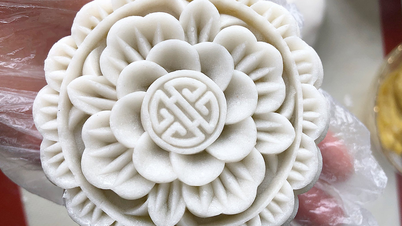
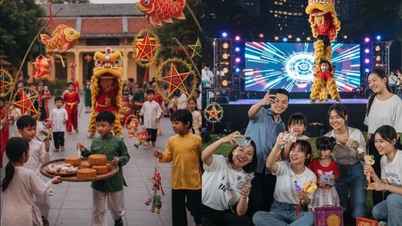



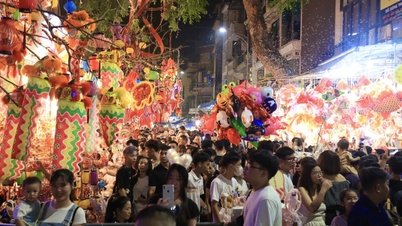






![[Photo] Bustling Mid-Autumn Festival at the Museum of Ethnology](https://vphoto.vietnam.vn/thumb/402x226/vietnam/resource/IMAGE/2025/10/4/da8d5927734d4ca58e3eced14bc435a3)

![[Photo] General Secretary To Lam attends the 8th Congress of the Central Public Security Party Committee](https://vphoto.vietnam.vn/thumb/402x226/vietnam/resource/IMAGE/2025/10/4/79fadf490f674dc483794f2d955f6045)


![[Photo] Students of Binh Minh Primary School enjoy the full moon festival, receiving the joys of childhood](https://vphoto.vietnam.vn/thumb/402x226/vietnam/resource/IMAGE/2025/10/3/8cf8abef22fe4471be400a818912cb85)






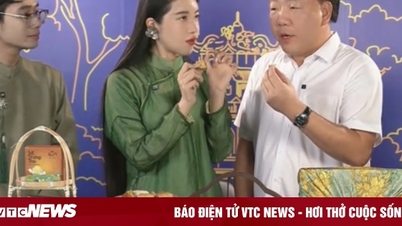
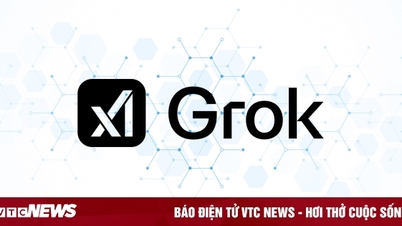
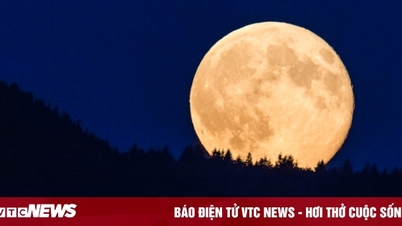
![[Photo] Solemn opening of the 8th Congress of the Central Public Security Party Committee, term 2025-2030](https://vphoto.vietnam.vn/thumb/1200x675/vietnam/resource/IMAGE/2025/10/4/f3b00fb779f44979809441a4dac5c7df)
![[Photo] General Secretary To Lam attends the 8th Congress of the Central Public Security Party Committee](https://vphoto.vietnam.vn/thumb/1200x675/vietnam/resource/IMAGE/2025/10/4/79fadf490f674dc483794f2d955f6045)






















![[VIDEO] Summary of Petrovietnam's 50th Anniversary Ceremony](https://vphoto.vietnam.vn/thumb/402x226/vietnam/resource/IMAGE/2025/10/4/abe133bdb8114793a16d4fe3e5bd0f12)

![[VIDEO] GENERAL SECRETARY TO LAM AWARDS PETROVIETNAM 8 GOLDEN WORDS: "PIONEER - EXCELLENT - SUSTAINABLE - GLOBAL"](https://vphoto.vietnam.vn/thumb/402x226/vietnam/resource/IMAGE/2025/7/23/c2fdb48863e846cfa9fb8e6ea9cf44e7)














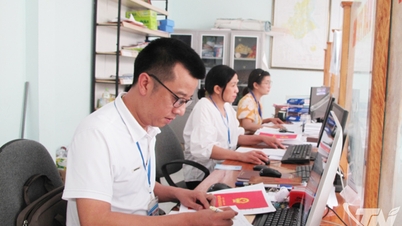

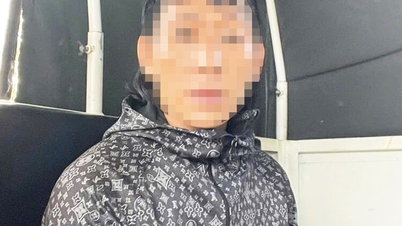


















Comment (0)